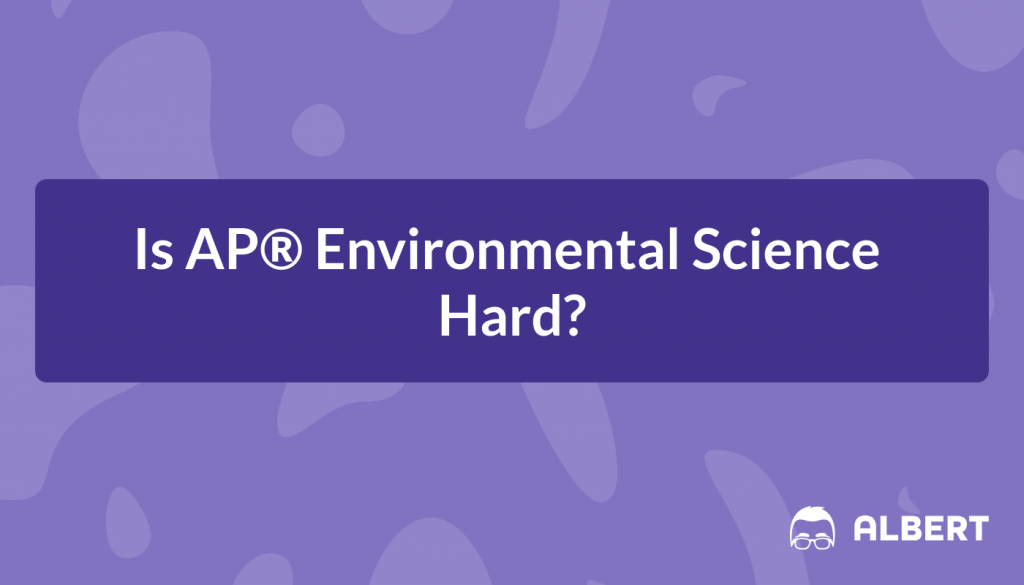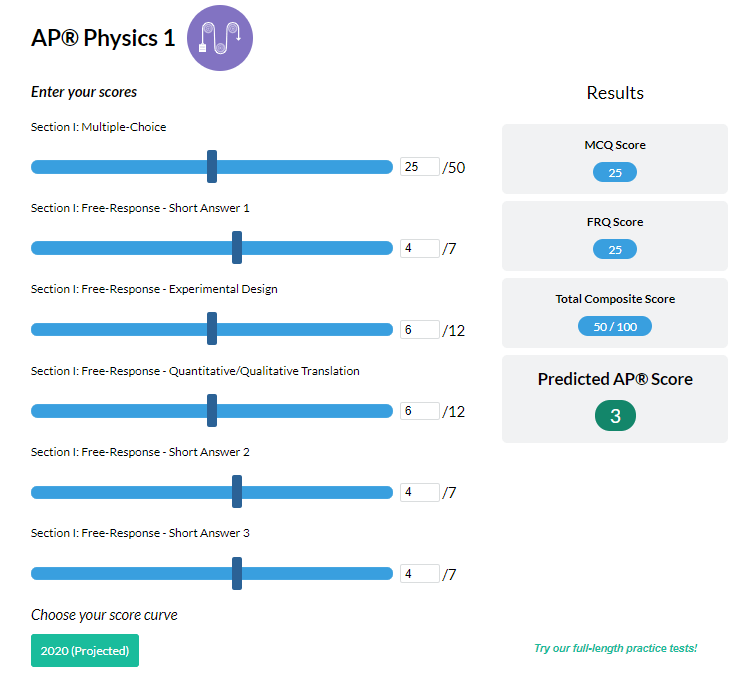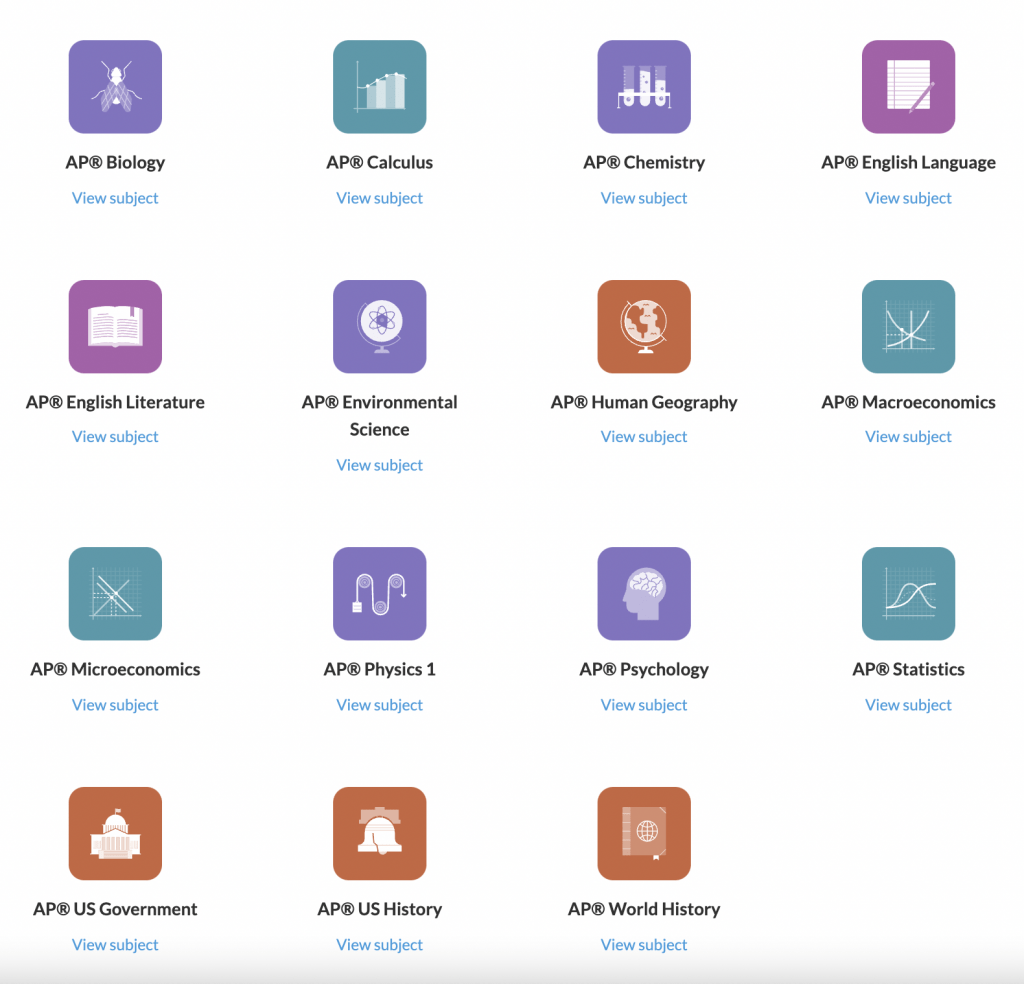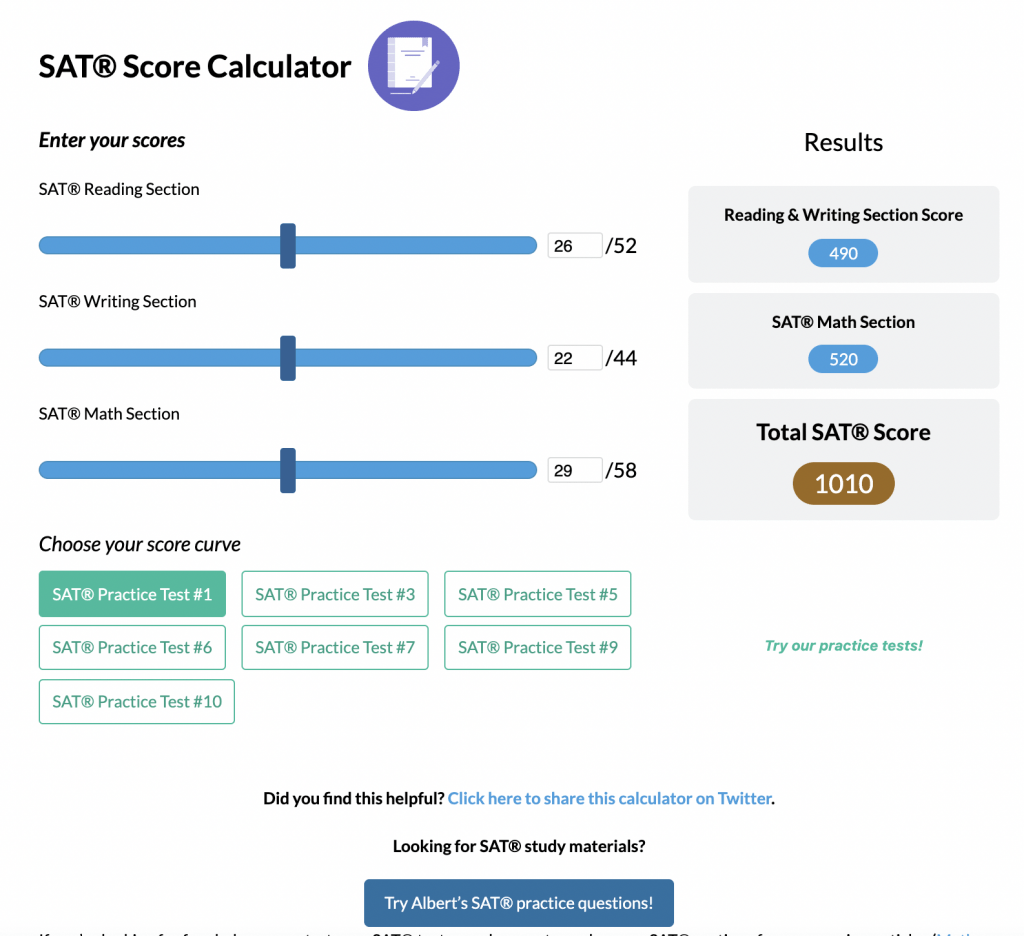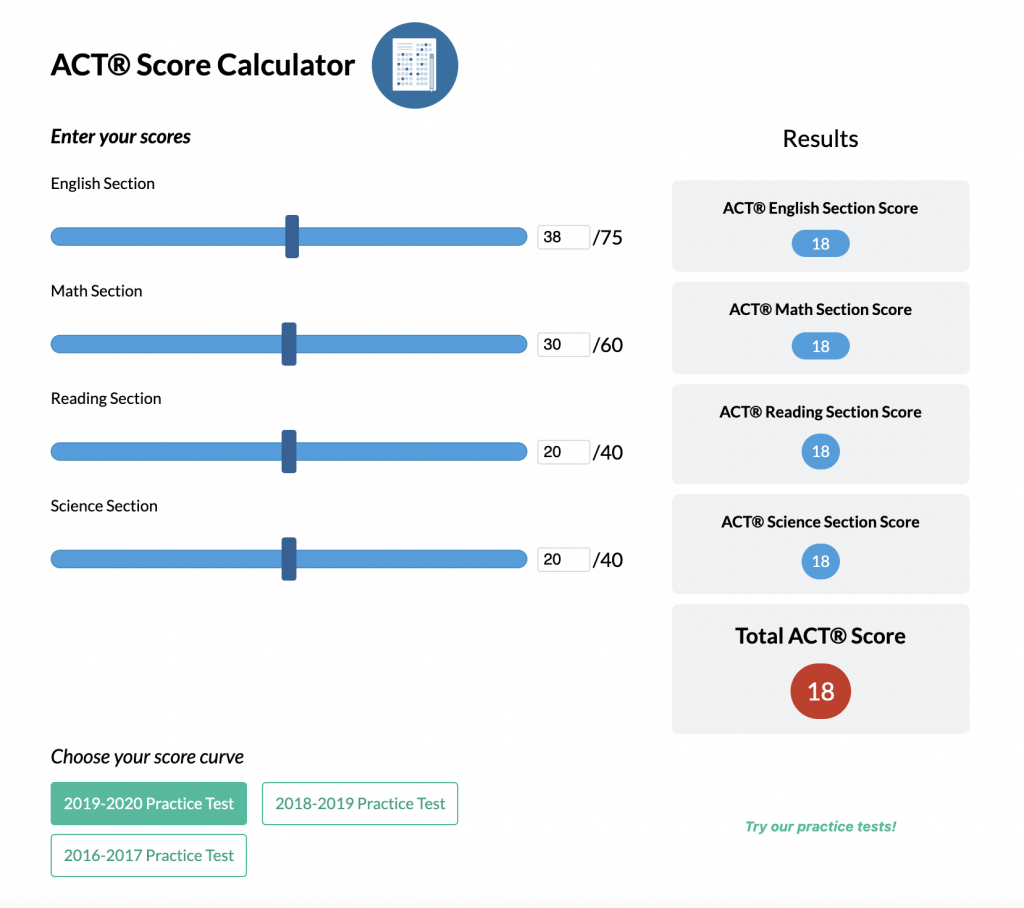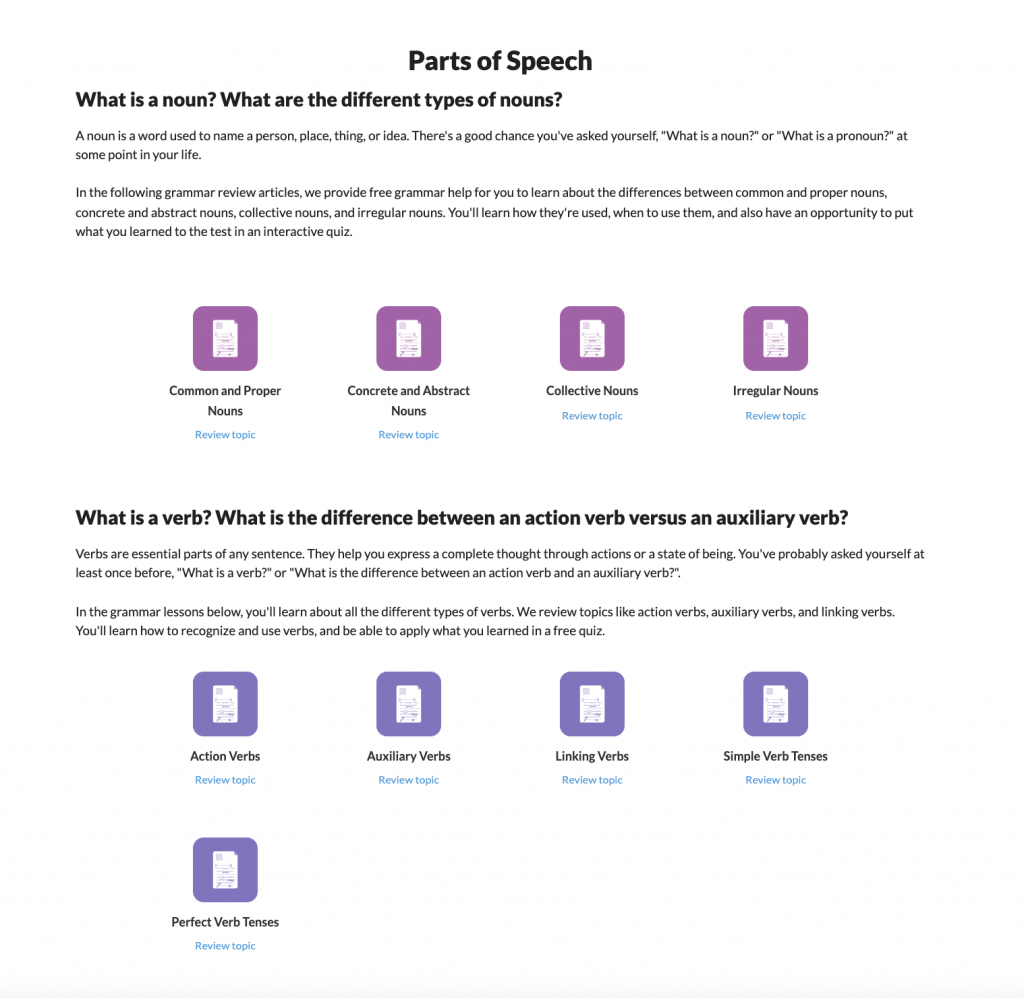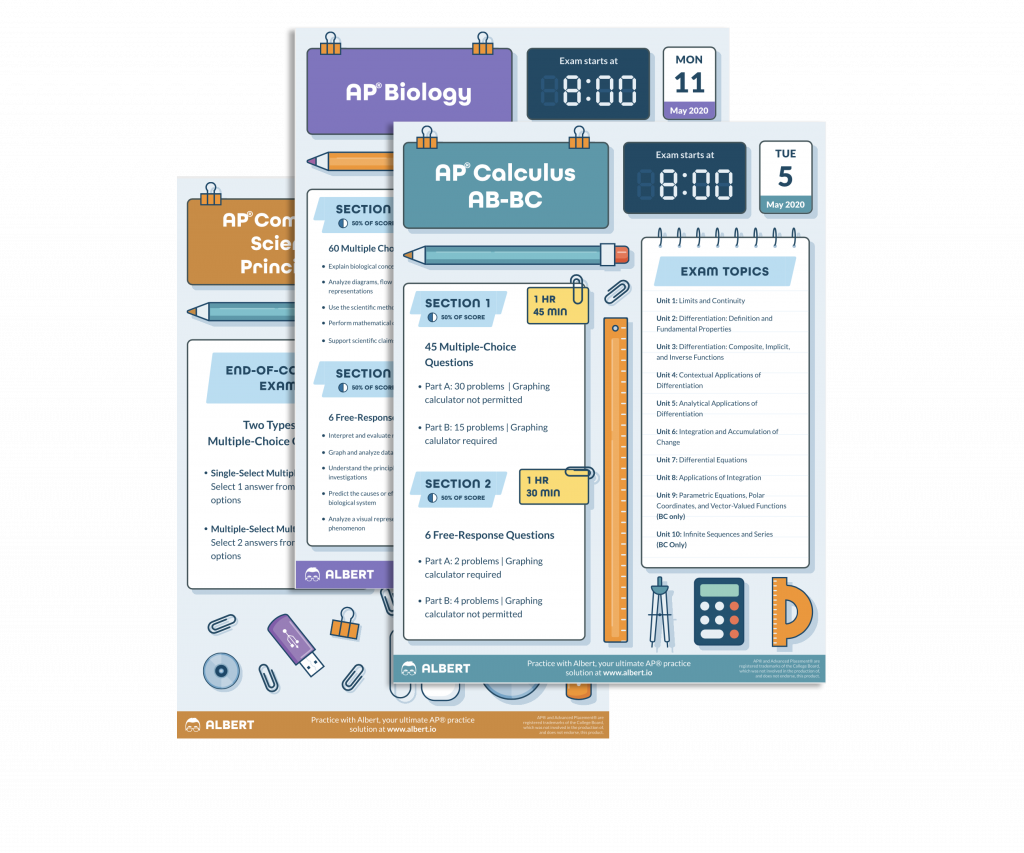If you’re starting to think about college and looking to gain both high school and college science credit at the same time, taking the AP® Environmental Science class and the corresponding APES exam can be very appealing. Not only will you have the opportunity to learn more about environmental science, but you’ll also have the chance to experience a college level course and gain skills that will help you succeed in your future college classes. Stay tuned and you will learn everything you need to know to help you make the best and most informed decision.
AP® Environmental Science is designed to be equivalent to an introductory one-semester laboratory science class. As a result, AP® Environmental Science will be a rigorous science course focused on analysis, scientific principles, and laboratory-based exploration. By completing the AP® Environmental Science course and the corresponding AP® exam, you will set yourself up to start college with pre-existing college credit, allowing you to take further courses in environmental science or to take other entry level science courses to fulfill your general education requirements.
This description may be intimidating, but remember, AP® Environmental Science builds on science skills you have already been learning throughout your high school career. Many of the skills that you will use in AP® Environmental Science will be familiar to you. By taking AP® Environmental Science, you also have the opportunity to test drive what an actual college class is like and practice the necessary skills to be successful in college classes.
By the Numbers
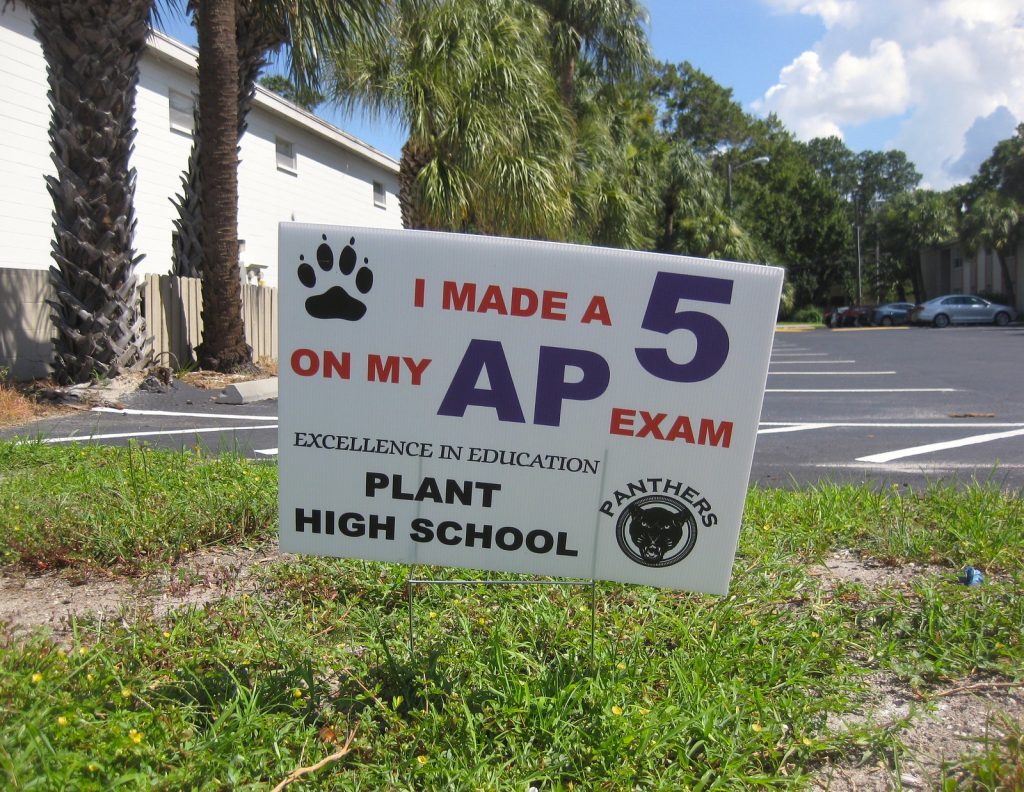
AP® exams are scored on a rating scale of one to five, with a one being the lowest and a five being the highest. A three is generally sufficient to qualify you for college credit, but it is important to check with the admissions department at the college you would like to attend because this can vary between schools and even between departments within a school.
According to the College Board report on AP® Environmental Science, 48% of test takers in 2013 achieved a passing score of three or better. Of these test takers, 16.5% scored a three, 23.2% scored a four, and 8% scored a five. The statistics suggest that AP® Environmental Science is indeed challenging, which is to be expected of a college level course. However, much like any other course, preparation is key. By preparing and practicing for the APES exam, you set yourself up to be part of the 48% of test takers that pass the exam.
Of those who took the AP® Environmental Science exam, 59.1% were seniors. Fewer juniors attempted the exam and even fewer sophomores and freshman attempted the exam. This distribution is due to the fact that most students are not exposed to the level of coursework and the skills required to be successful in AP® Environmental Science until they are seniors. However, if you are not a senior, taking the AP® Environmental Science class may still be right for you and you still may be very successful, particularly if you have had an extensive course load and are well prepared for the class.
Exam Structure
The AP® Environmental Science exam is divided into two parts.
Part one consists of 80 multiple choice questions with a time limit of 90 minutes. Part one of the exam is worth 60% of the total exam score. Part two of the exam consists of three free response questions and has a time limit of 70 minutes. It is worth the other 40% of the total exam score.
The timing of the exam is much like many other standardized tests you may have taken such as the ACT® or SAT®. This standard timing gives everyone an equal opportunity to complete each part of the exam, despite the fact that the AP® exam is administered in many different locations and may even be administered at different times.
In part one of the exam, you will find questions in sets and discrete questions. These questions may ask you to refer to a diagram or chart and several questions may refer to the same diagram or chart. You will then pick the correct answer out of a list of options.
In part two of the APES exam, you will encounter one data based question, one document based question, and two synthesis and evaluation questions. Data based questions will deal with a provided data set and will require you to do math calculations and show your work and label the units you are working with. Showing your work is especially important because even if you get the eventual answer wrong, you can sometimes gain partial credit for setting your work up correctly and using the correct units.
Document-based questions will ask you to read an article and answer questions about it. The article deals with an environmental science related issue and the corresponding questions ask you to analyze the information in the article and to add information to your response that you will have learned by taking the AP® Environmental Science class.
Synthesis and evaluation questions will provide you with some information and then ask you to make conclusions about said information. These questions may also include math calculations and it is thus important to show your work and your units in order to get full credit.
When starting on the free response section of the exam, make sure to read all the questions before beginning and approach the question you are most confident about first. This ensures that you have enough time to thoroughly answer this first question and gives you a boost of confidence as you head into more challenging questions.
After completing this question, move on to the next question you are most comfortable with and so on. This approach will help you get easier topics out of the way and potentially give you more time for challenging questions if you finish the easier topics more quickly.
Content
The AP® Environmental Science exam covers seven different categories of topics. Each of these seven topics has a corresponding percentage, which depicts the amount of time in the class that is focused on each of these areas. These topics include:
1. Earth systems and resources, 10-15%
2. The living world, 10-15%
3. Population, 10-15%
4. Land and water use, 10-15%
5. Energy resources and consumption, 10-15%
6. Pollution, 25-30%
7. Global change, 10-15%
Some textbooks used in AP® Environmental Science courses will have sections with these same names, which can be used as a tool both in studying for class and for the APES exam.
You will be required to read the corresponding chapters to what is being taught in class. Unlike some other classes, you will need to read these chapters outside of class. Inside the classroom, you will experience teacher lectures where you will need to take notes, laboratory activities, projects, writing assignments, and exams. Like many college classes, you will experience a wide variety of assignments and some may include group work.
College level work will be required in AP® Environmental Science. This can be an adjustment initially, but as you get familiar with the course and the work that is required, you will be able to adjust accordingly. You may start the course out feeling that the work is difficult, but you will find it easier as you get used to what is required and how to go about learning the material for AP® Environmental Science.
Skills Required
There are quite a few skills required to be successful in AP® Environmental Science. First and foremost, you must have a suitable reading level for the material presented. Many of the concepts presented in AP® Environmental Science are complex and require a certain level of reading comprehension and reading skills in order to successfully understand and learn the material. Most important is your ability to comprehend what you read, not how fast you read it. There will be high amounts of reading necessary in AP® Environmental Science, but the ability to read quickly does not do you any good if you cannot comprehend and remember what you read.
Writing skills are also valuable for taking AP® Environmental Science. You will be expected to write quite a few essays while taking AP® Environmental Science and the ability to express yourself clearly and succinctly while writing will be crucial to your success on the AP® exam.
Due to the math involved in the class, it is suggested that you have at least taken a high school algebra class before taking AP® Environmental Science. This will give you some familiarity with the types of math required for the course and help you to focus on the content of AP® Environmental Science and not on learning how to do the math required in the course.
It is also recommended that you have two prior years of high school science- one life science and one year of physical science. An example of these would be having taken biology and chemistry. These classes give you the foundation to be able to take environmental science, which draws on information from both life and physical sciences. They also give you the necessary experience with higher level sciences to be able to successfully complete environmental science coursework.
Is AP® Environmental Science Worth It?

There are many benefits to taking AP® Environmental Science. If you are particularly interested in science, taking the AP® Environmental Science exam can expose you to new information that might help you determine if environmental science is a field you might like to pursue.
Taking AP® Environmental Science also gives you the opportunity to prepare you for college. By gaining experience with a college level course, you can prepare yourself for when you get to college. Many of the skills you gain in AP® Environmental Science will help you both in science related courses in college and in other college classes.
By passing the AP® Environmental Science exam, you may also be able to earn college credit. This takes time off of your degree and allows you to save money since you do not have to pay for tuition and supplies to classes that you do not take. This can be a huge cost savings, particularly if you take other AP® classes.
By taking AP® Environmental Science, you will also learn a lot about current events related to environmental science. AP® Environmental Science deals a lot with current environmental issues and what can be done about them. You will learn about environmental hazards you may never have heard of and what you can do to reduce the impact on the environment.
Next Steps
Your first step to taking AP® Environmental Science is checking to see if it is offered at your school. While many larger school districts offer the course, it may not be available everywhere. If it is not available at your school, do not despair. There are several options that might allow you to still take the class. You may be able to take the course through an online provider, self-study the course, or take the course at another local school that is associated with your district. Even if you do not take the course itself, you may still be eligible for the exam. You can talk to your academic adviser, your school’s AP® coordinator, or faculty in the office at your school about options you may have if the course is not offered at your school. Many students can work out an alternative way to take the class and the exam.
If your school does offer the course, you will need to talk to your advisor or whoever helps you create your class schedule to ensure that you are eligible to register and attend the class. You will then need to register for the course. If you find that you do not meet the prerequisites for the course, you can always take it at a later date and take the time in between to prepare for the course by taking the prerequisite courses.
Once you are registered for the course, it is helpful to request a syllabus for the class in advance. This can give you time to review the information contained in the syllabus and help you prepare for the course by reviewing any information you need to know before beginning the course. It can also help you understand what to expect when you begin the course.
It is also helpful to begin looking for resources that will help you while you are taking AP® Environmental Science and studying for the exam. There are many available resources online, including Albert.io’s AP® Environmental Science section, that will help you review for the exam and practice questions. Reading blog articles written by someone who has taken AP® Environmental Science and teacher websites can also assist you in your studies. When looking for outside sources, ensure that they are reputable and of a sufficient level to actually help you study for the exam. Also, make sure to check out the College Board website where previous exams are released. This can help you practice for the AP® exam and gives you the ability to use the same format that you will encounter on the test.
Now that you know everything you need to know about AP® Environmental Science, why not sign up and give the course a try? With the many benefits you can gain from taking AP® Environmental Science including college credit, taking AP® Environmental Science certainly sounded like a pretty good thing to me and thousands of other students across the country certainly seem to agree.
Looking for AP® Environmental Science practice?
Kickstart your AP® Environmental Science prep with Albert. Start your AP® exam prep today.

